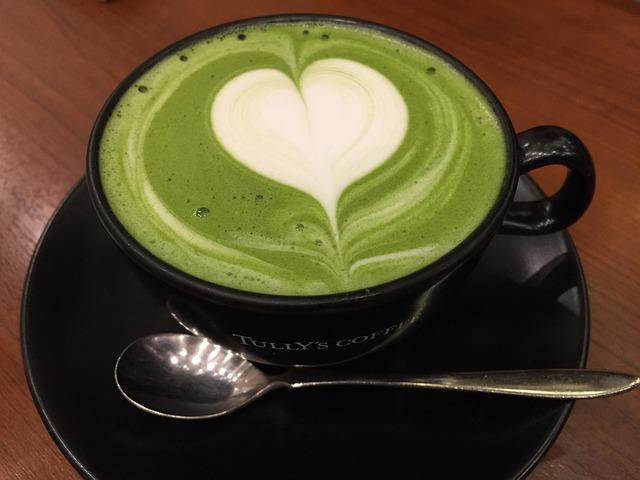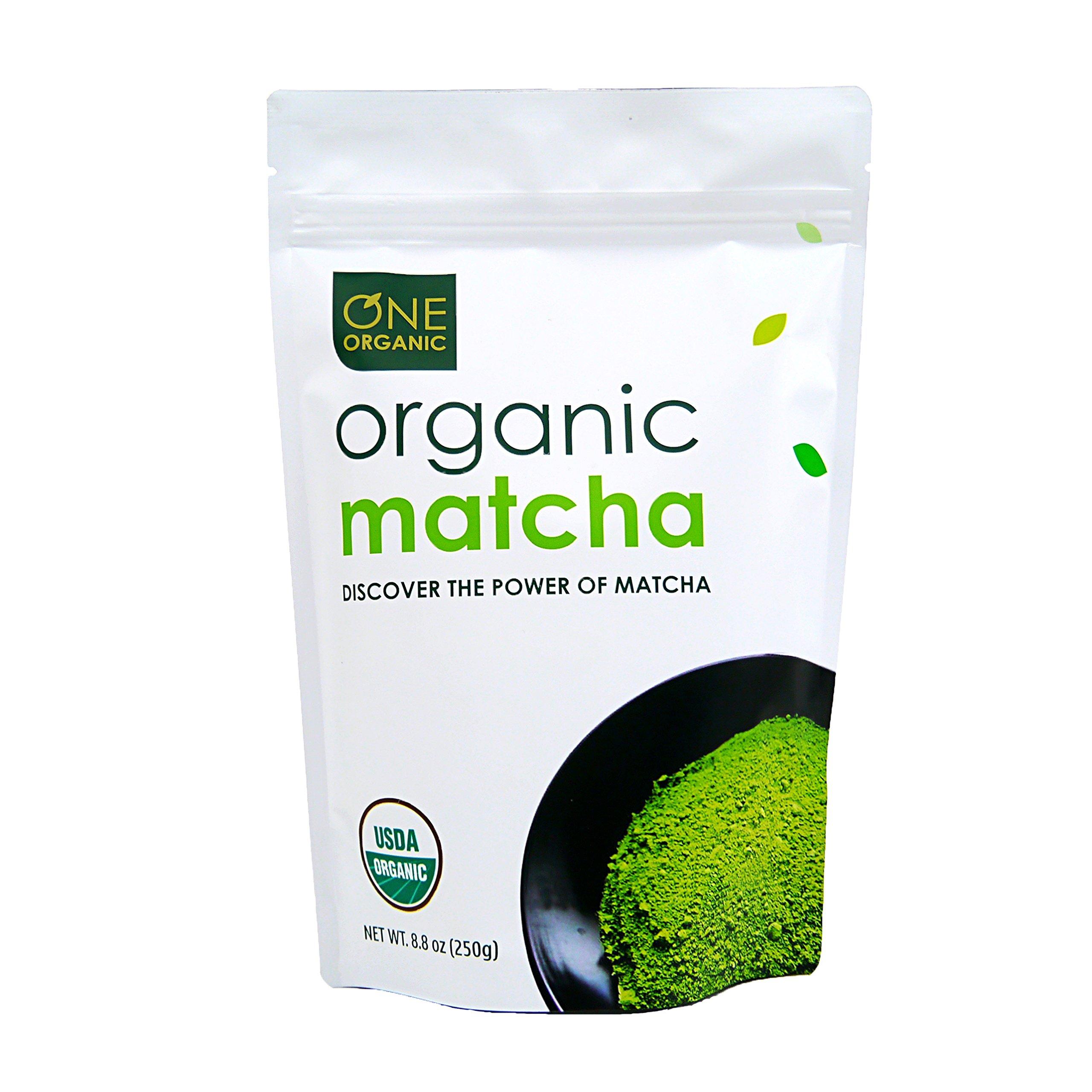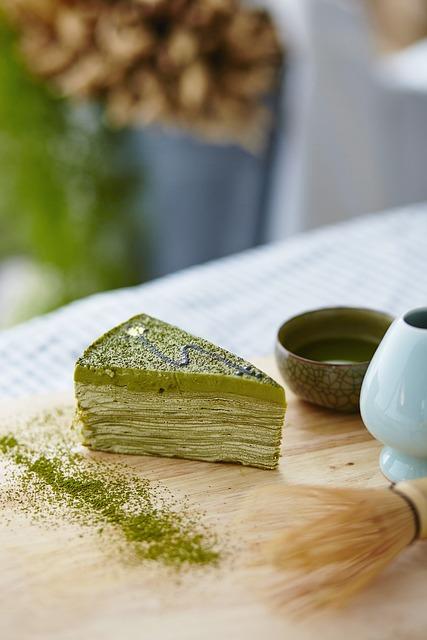In recent years, the vibrant green hue of matcha has transcended its roots in Japanese tea culture, becoming a staple in wellness circles around the globe. Celebrated not only for its unique flavor profile but also for its myriad health benefits, organic matcha green tea has emerged as a superstar in the world of antioxidants.As consumers increasingly seek out high-quality products that promise both purity adn potency, understanding the nuances of matcha—from its grading system to its antioxidant levels—has never been more essential. In this article, we will delve into the complexities of organic matcha, exploring what differentiates superior grades from the rest, and how to assess the antioxidant content that makes this green elixir a sought-after addition to health regimens worldwide.Join us on a journey through the lush landscapes of tea production and the science behind this extraordinary beverage, where quality meets wellness in every sip.
Exploring the antioxidant Power of Organic Matcha Green Tea
Delving into the realm of organic matcha green tea reveals an impressive concentration of antioxidants, particularly catechins, which play a crucial role in combating oxidative stress. Among these, EGCG (epigallocatechin gallate) stands out as the superstar antioxidant, renowned for its potential health benefits, including anti-inflammatory properties and cancer-fighting capabilities. When consumed in its powdered form, matcha provides a leveled-up experience in antioxidant intake when compared to conventional green teas, primarily because the whole leaf is ground into a fine powder, allowing for maximum nutrient absorption.
One of the primary aspects influencing the quality and antioxidant levels of matcha is its grading system, often categorized into three distinct grades: Ceremonial, Premium, and Culinary. Each grade varies substantially in taste and nutrient density:
| Grade | Description | Best Uses |
|---|---|---|
| Ceremonial | Highest quality, vibrant green, sweet taste | Traditional tea ceremonies, pure drinking |
| Premium | High quality, luminous green, smooth flavor | Daily consumption, smoothies, lattes |
| Culinary | Lower quality, more bitter and earthy | Baking, cooking, mixed drinks |
Choosing the right grade can enhance the antioxidant experience, as higher-quality matcha contains greater amounts of these beneficial compounds. Thus, for those seeking to maximize the health benefits of thier tea, opting for ceremonial or premium grade can be a worthwhile investment, delivering a delightful and healthful tea experience.

Decoding Quality Grading: What Sets Premium Matcha Apart
Understanding the elements that differentiate premium matcha from lower grades is essential for appreciating this vibrant green beverage. The primary factors influencing quality grading include exposure to sunlight,the cultivation process,and the specific part of the tea plant that is harvested. Top-quality matcha is typically shaded for several weeks before harvest, which increases chlorophyll levels and enhances its rich, green color. The tender leaves harvested from younger tea plants often yield the best results, contributing to a smoother, more nuanced flavor profile.
Beyond cultivation practices, careful processing methods play a critical role in matcha quality. Post-harvest, the leaves are steamed to preserve color and nutrients before being ground into a fine powder. The final grading depends on several criteria, including:
- Color: Bright, vibrant green signifies a high-quality product.
- Texture: Fine milling produces a silky texture that enhances the drinking experience.
- Aroma: A fresh, vegetal scent indicates superior freshness and flavor.
distinguishing premium matcha involves evaluating both the origins and post-harvest processing, ensuring that consumers enjoy the full spectrum of health benefits and exquisite flavors that only the finest matcha can offer.

Best Practices for Selecting High-Quality Organic Matcha
When selecting high-quality organic matcha, there are several key factors to consider to ensure you’re getting the best product possible. Look for matcha that is labeled as USDA Organic, which guarantees that it has been cultivated without the use of synthetic pesticides or fertilizers. The color of the matcha should be a vibrant, deep green, indicating high chlorophyll levels and freshness. In addition,consider the source; matcha from regions such as Uji in Japan is renowned for its superior quality. Other important features to check for include:
- Texture: High-quality matcha should be finely ground, resembling a soft powder.
- Aroma: Fresh matcha will have a sweet,grassy scent,while stale matcha may smell flat.
- Taste: A premium matcha will have a smooth, rich umami flavor with minimal bitterness.
another essential consideration is the grade of the matcha, as it can directly impact its antioxidant levels and overall quality.Matcha is typically categorized into three primary grades: ceremonial, premium, and culinary. Ceremonial grade is the highest quality and is suitable for traditional tea ceremonies and drinking straight. Premium grade is slightly more affordable while still offering excellent flavor and nutrition, making it perfect for lattes and smoothies. Culinary grade is best suited for baking and cooking, as it may not have the same richness of flavor. To visualize the differences, refer to the table below:
| Grade | Best Use | Aroma | Taste |
|---|---|---|---|
| Ceremonial | Drinking straight | Sweet and grassy | Rich umami |
| Premium | Lattes, smoothies | fresh | Balanced |
| Culinary | Baking, cooking | Earthy | Robust |

Brewing Techniques to Maximize Antioxidant Benefits
To fully harness the potent antioxidant properties of organic matcha green tea, the brewing process plays a crucial role. Selecting the right water temperature is paramount, as boiling water can scorch the delicate matcha powder, leading to a loss of nutrients. Aim for a temperature of 160°F to 175°F (70°C to 80°C) to ensure optimal extraction of catechins and other antioxidants. Additionally, whisking the matcha thoroughly helps break down clumps and enhances its flavor profile while promoting better absorption of antioxidants in the body. To achieve the ideal consistency, consider using a traditional bamboo whisk (chasen) for an authentic preparation experience.
Another notable technique involves the duration of steeping. unlike traditional loose leaf teas, matcha is not steeped but rather blended with water. This allows for a direct consumption of the whole leaf, maximizing antioxidant intake. To elevate the health benefits further, consider pairing matcha with complementary ingredients such as lemon, which enhances vitamin C absorption, or honey, which offers its own antioxidant properties. Explore the following tips for brewing matcha to enrich its benefits:
- Gradual Water Addition: Introduce water slowly while whisking to avoid clumping.
- Quality matcha: Choose high-grade ceremonial matcha for the best nutrient density.
- Dosage: use 1 to 2 teaspoons of matcha for each 6 ounces of water.
The Way Forward
As we steep ourselves in the vibrant world of organic matcha green tea, it’s clear that this ancient elixir holds a treasure trove of antioxidants, each sip offering a glimpse into its rich heritage and myriad health benefits.The meticulous grading system not only reflects the dedication of tea artisans but also serves as a guide for tea enthusiasts seeking the highest quality. Whether you’re a seasoned matcha aficionado or a curious newcomer, understanding the nuances of this green powerhouse can elevate your tea experience to new heights. So, as you prepare to brew your next cup, remember the journey from leaf to latte and savor the layers of flavor and wellness that each shade of green has to offer. In every whisk and every sip, you’re not just tasting tea—you’re embracing tradition, health, and the restorative spirit of nature itself. Cheers to your matcha journey!






